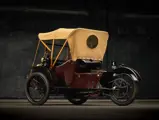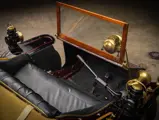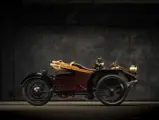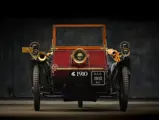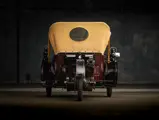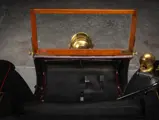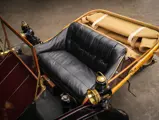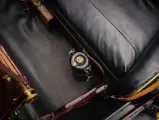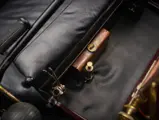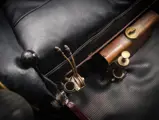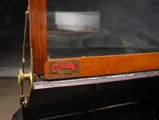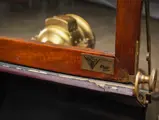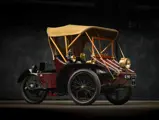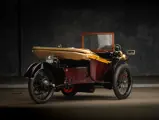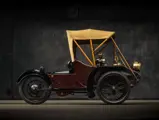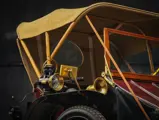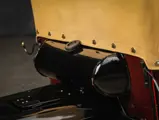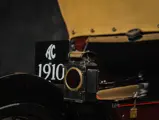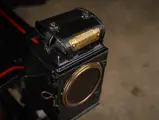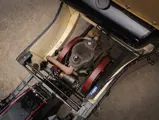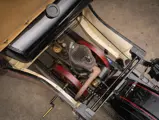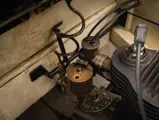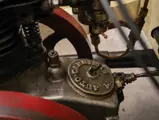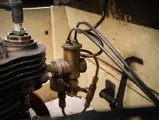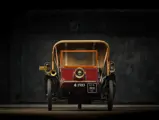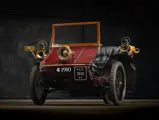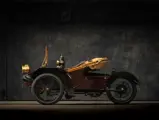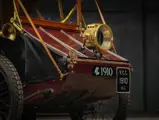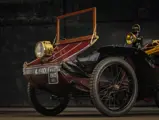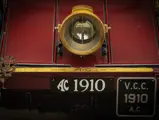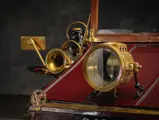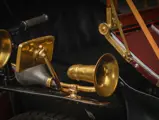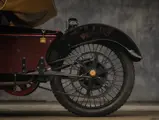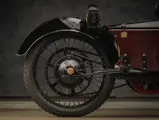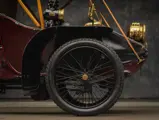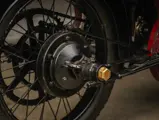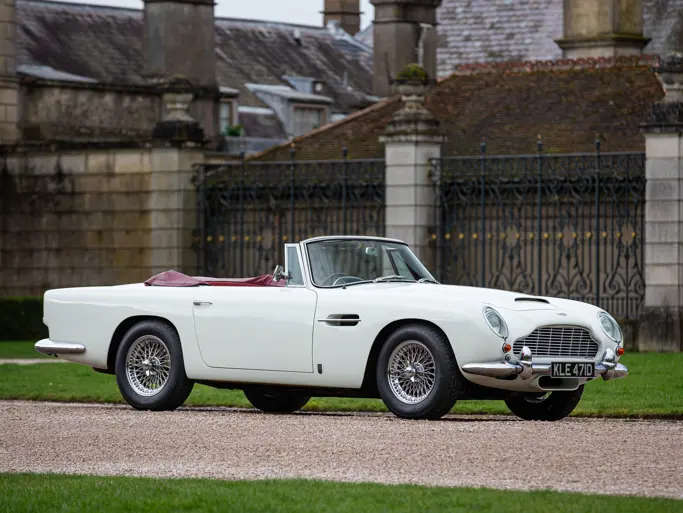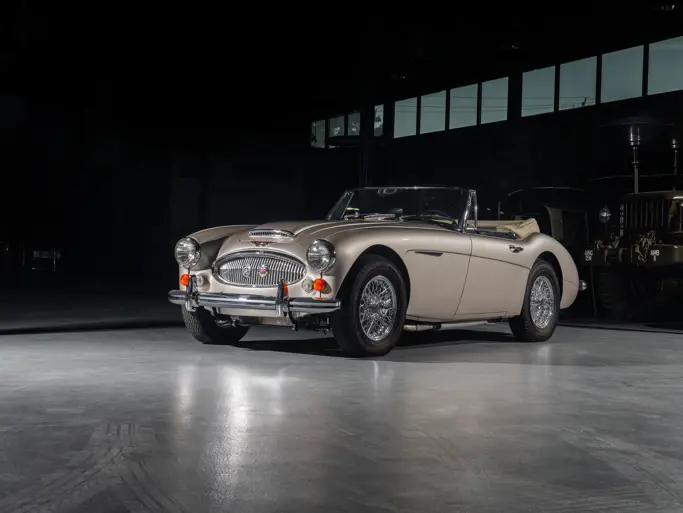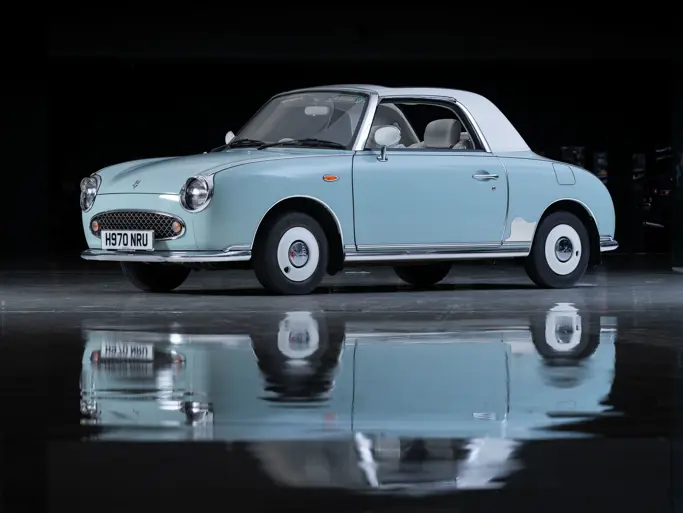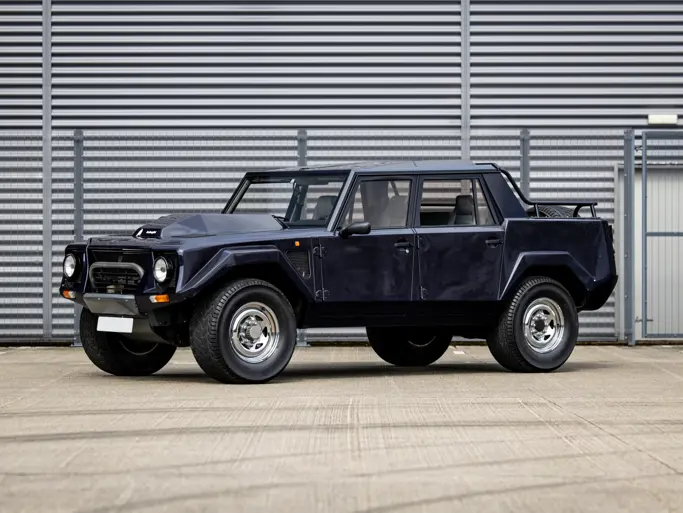Monterey 2021
1910 AC Sociable
The Feldman Collection
{{lr.item.text}}
$47,600 USD | Sold
 | Monterey, California
| Monterey, California
{{internetCurrentBid}}
{{internetTimeLeft}}

- A vehicle at the very foundation of AC history
- Rarely seen three-wheeler with single-cylinder engine and rear chain drive
- A nicely patinated older restoration; said to run and drive
- Sure to attract enthusiastic attention wherever it goes
Jim Feldman’s definitive AC collection begins with this delightful example of the company’s earliest offering, the three-wheel, single-cylinder Sociable, one of several styles of the “Tricar” that had been introduced in 1904.
The Tricar was inspired by the vision of founder John Weller, a gifted if opinionated engineer, and his financial partner, John Portwine, the successful owner of a string of butcher shops in London. After Weller’s first design, an innovative 20-horsepower runabout, proved too expensive to sell competitively, Portwine suggested a simple—even elemental—three-wheeler to meet the delivery needs of his shops and others in crowded London.
The resulting AutoCarrier was an immediate success. Its two front wheels straddled a box. The driver sat behind, steering with a tiller and simple hand and foot controls. The engine, a 5 RAC horsepower air-cooled T-head single, resided under the driver’s seat and drove the single rear wheel through a chain. Within the driving wheel hub was a clutch and two-speed epicyclic gearbox. It was simple, which meant even inexperienced recruits could be trained quickly to use it.
The AutoCarrier proved to be reliable and effective even on the cobblestone streets of early twentieth century London and it was quickly adopted by merchants of all types. So successful was it, in fact, that in 1907 the company changed its name to Auto-Carriers, Ltd. The same year it applied the AutoCarrier concept to carry passengers, giving birth to the Tricar.
The first Tricars replaced the cargo box with a single passenger’s seat with the driver still behind the passenger. Later Tricars adopted the “Sociable” name with room for two passengers in front of the driver, then the driving controls were relocated to the two-seat tonneau, providing “sociable” side-by-side seating for the operator and one passenger.
The 1910 AC Sociable offered from Jim Feldman’s collection is one of the latter two-seaters. Restored years ago in the U.K. and one of the oldest known examples of the Sociable, it has participation plaques from the 1989 National Classic Cars Show and 1999 International Classic Motor Show, both in Birmingham. Finished in Burgundy with black mudguards and leather upholstery, it is lavishly equipped for a vehicle of its diminutive size including a bulb horn, Griffiths “Beacon” kerosene side lights, “Dependence” kerosene taillight and a Howes & Burley “H&B Projector” acetylene headlight with H&B acetylene generator. Weather protection comes from a wood-framed folding windshield and a tan canvas folding top.
The age of its restoration and subsequent use is manifest, but it is sound and complete. Jim Feldman says it “runs and drives” and is “adorable”—the latter plainly apparent on its face. It is Veteran Car Club of Great Britain (VCC)-dated and would make an appealing, if unexpected, potential candidate for any number of prewar car tours.


